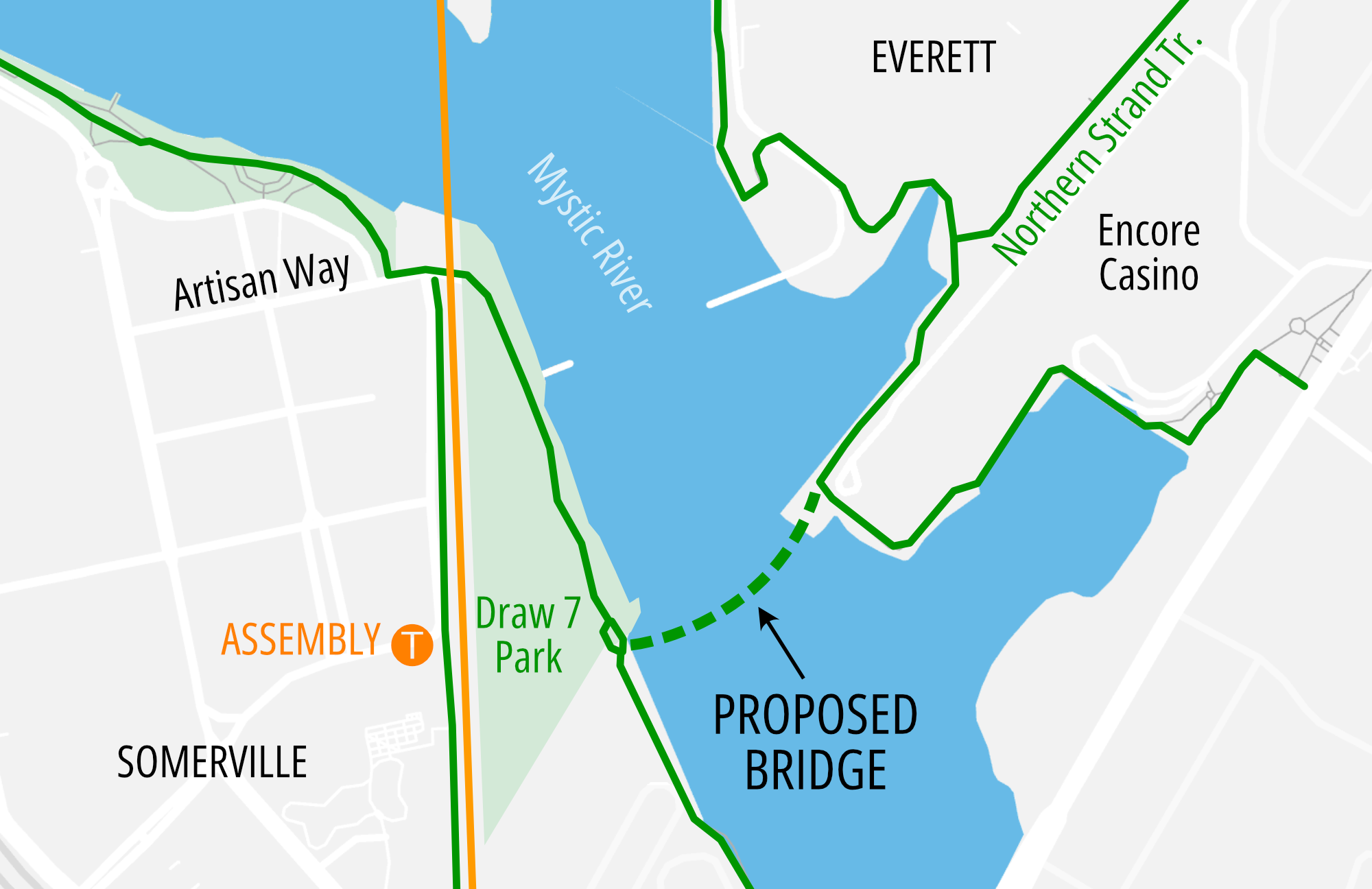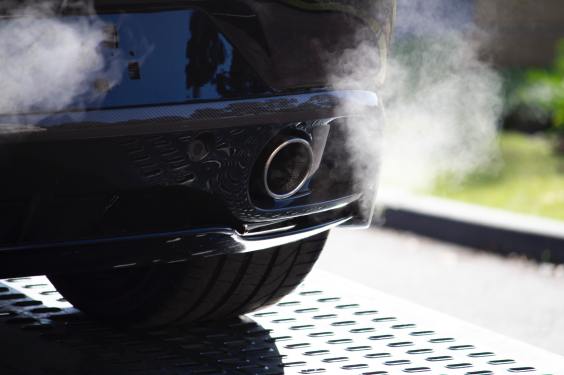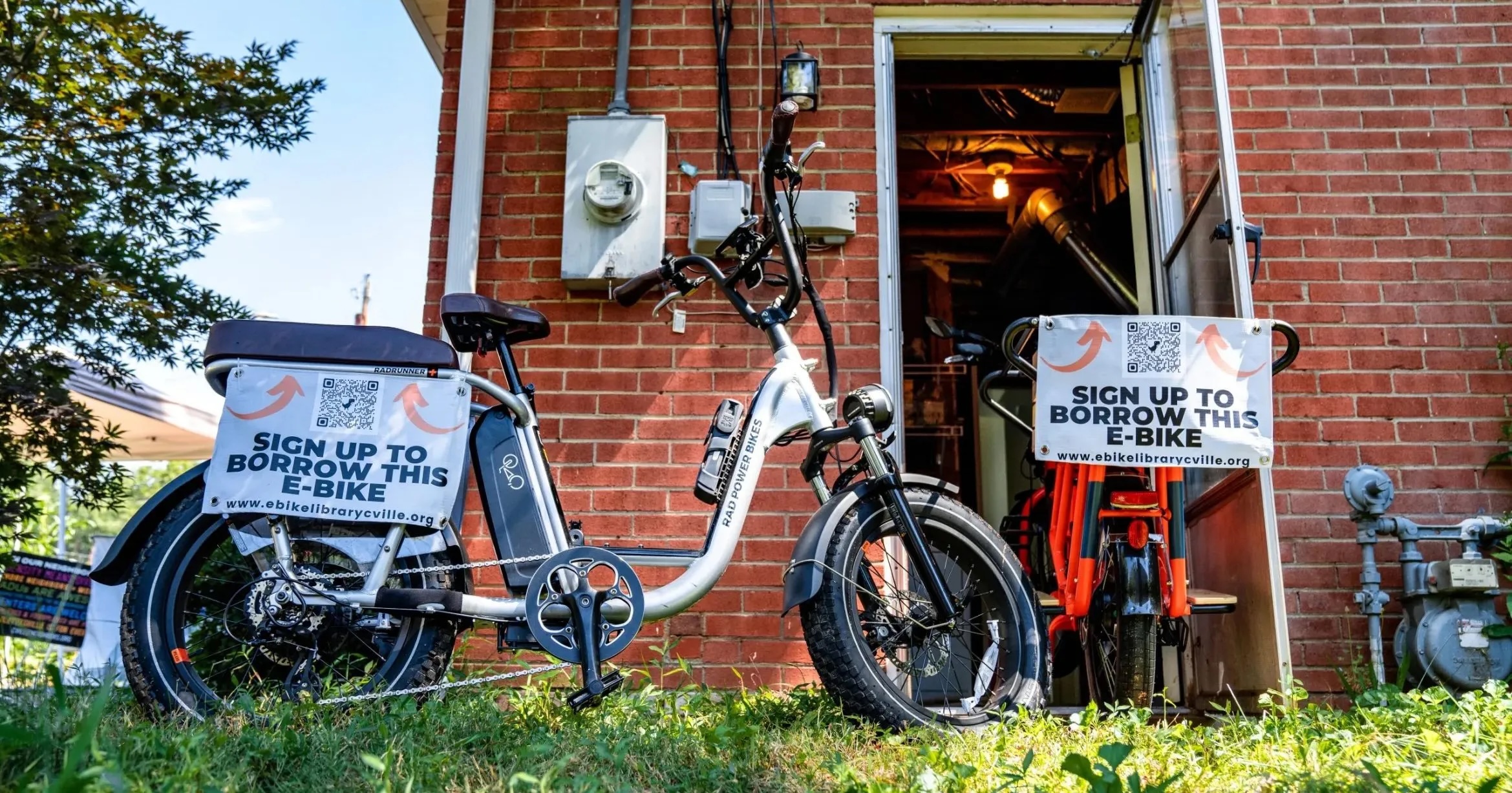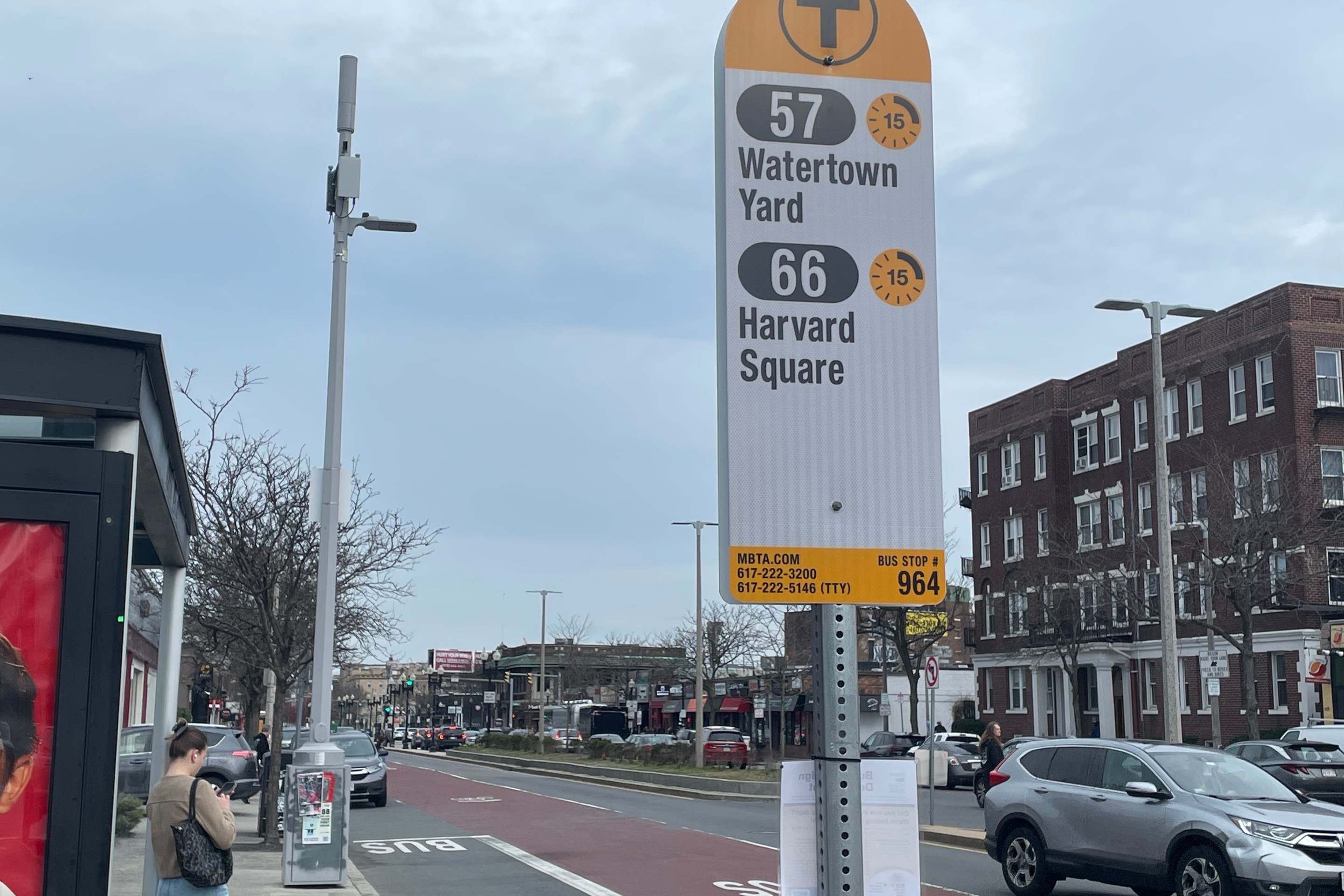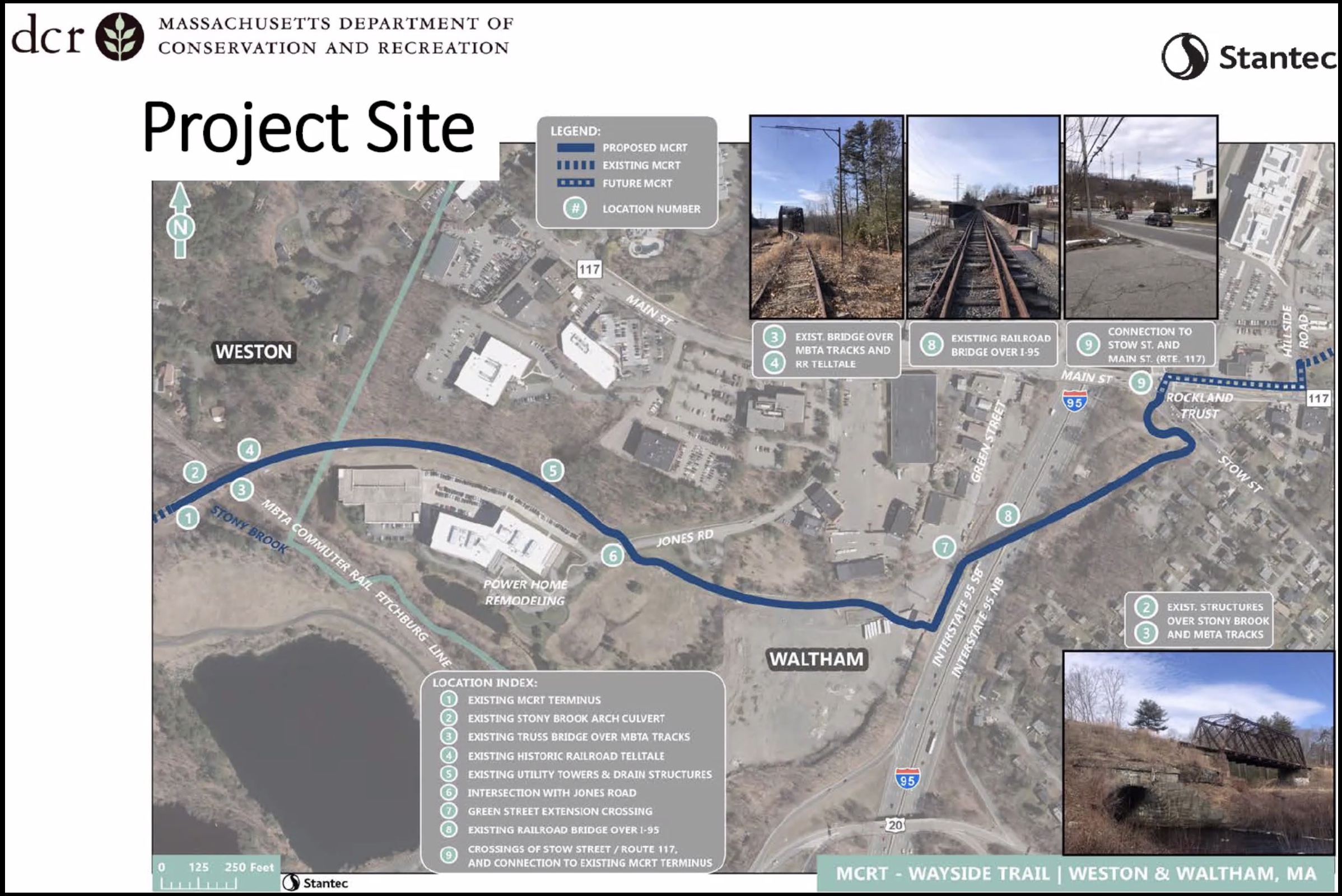Running Low On Pandemic Relief Funds, Fare-Free Buses Need Gov. Healey’s Help
5:06 PM EDT on April 11, 2023
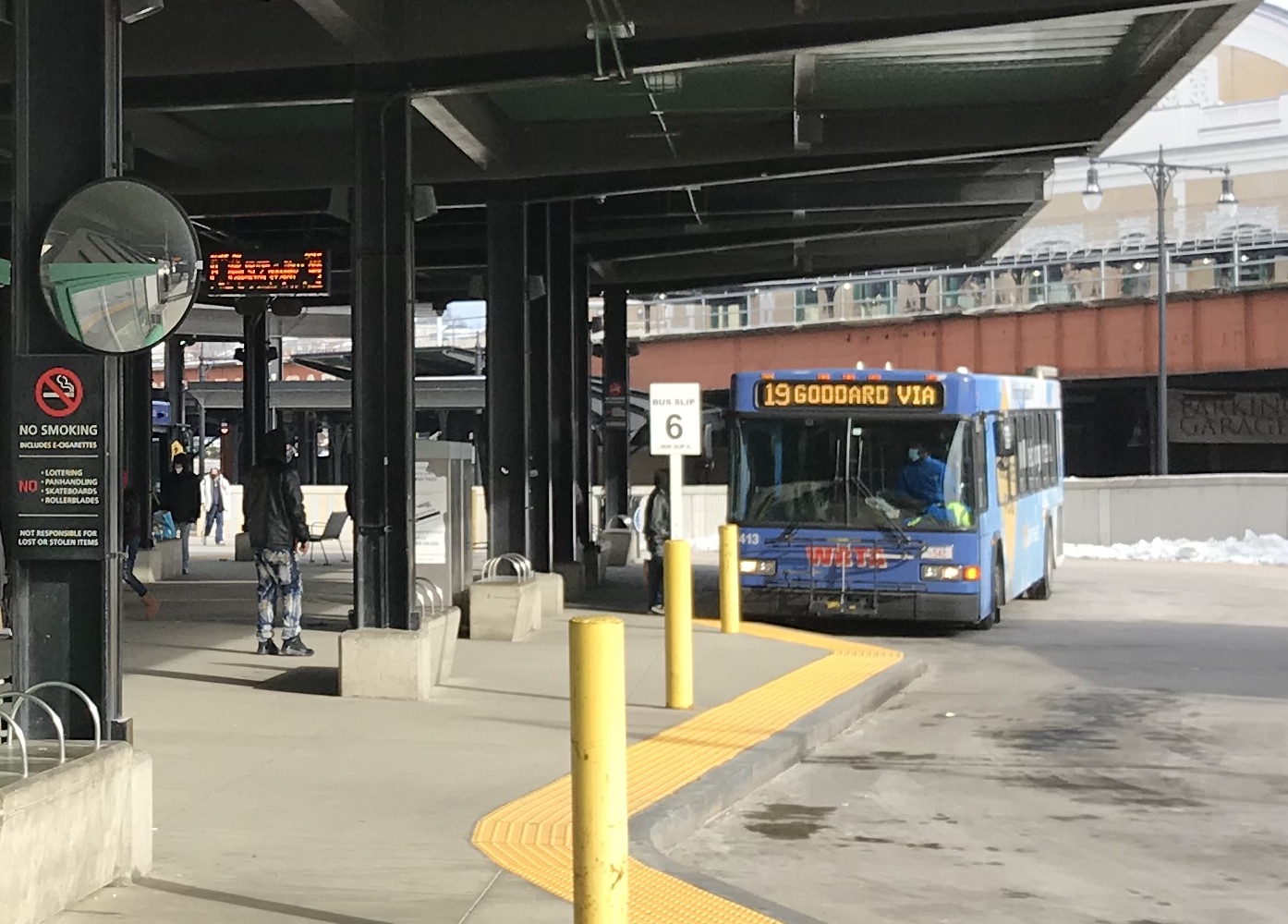
The WRTA’s downtown bus hub, next to Worcester’s Union Station.
Since 2020, the bus routes of the Worcester Regional Transit Authority (WRTA) have been free for anyone to ride, a policy that's helped the agency attract new riders and reverse a long-term decline in ridership.
Evidence from the WRTA and several other agencies that have experimented with fare-free policies suggests that suspending fare collections is an effective way to boost ridership, especially on routes that serve large populations of low-income riders.
But to date, these programs have relied on federal pandemic relief funding to compensate for the loss of fare revenue. And as those pandemic funds dwindle, fare-free bus advocates say that Governor Healey – who pledged to support fare-free buses during her campaign last year – needs to make a commitment to funding fare-free buses for the long term.
During the pandemic, many transit agencies suspended fare payments to minimize contact between riders and bus drivers.
But the WRTA has been one of the few agencies that's maintained a continuous fare-free policy since March 2020, and while peer transit agencies across Massachusetts have struggled to recover in the years since Covid-19 arrived, the WRTA's ridership last year was over 20 percent higher than it was before the pandemic began, according to federal data:
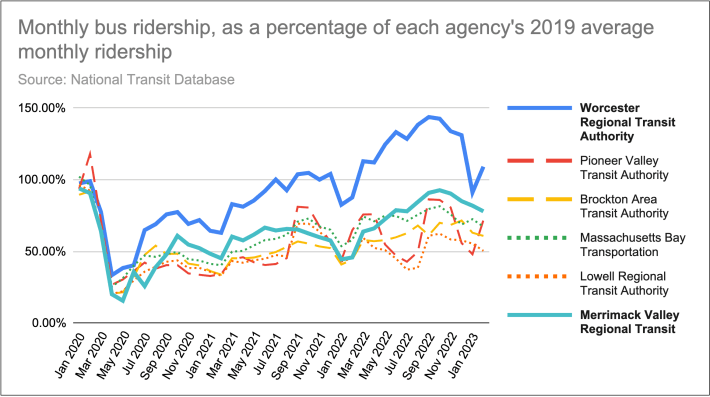
Following in Worcester's footsteps, a number of other agencies in Massachusetts have also started using federal pandemic relief funds to suspend fares on some or all of their routes.
For instance, the Merrimack Valley Transit Authority (MeVa), which experimented with running three fare-free routes in 2019, has been running fare-free service on all of its local bus routes since March 2022.
And the City of Boston has been paying the MBTA to suspend fare collections on its 28 bus route – the busiest bus route in New England – since the summer of 2021.
For the state's smaller regional transit authorities (RTAs), like the WRTA and MeVa, fare revenue has historically been a relatively small source of funding – one that became even less important as ridership dipped during the pandemic.
Before the pandemic, the WRTA received about $3 million a year in fare revenue – a figure that doesn’t include the increased operational costs the agency had to pay to administer its fare collections. That $3 million covered about 14 percent of the agency's operating budget, while state, federal, and local subsidies covered 85 percent of the WRTA's total operating funds.
In the years since 2020, most agencies have used federal CARES Act pandemic relief funds to make up the difference in reduced fare revenues.
Dennis Lipka, the WRTA's administrator, says that the WRTA still has about $19 million available in federal CARES Act pandemic relief funding, but when it runs out, the agency may need to make tough decisions about cutting service.
Last month, Lipka floated a 2024 WRTA operating budget that would have re-instituted fares starting on July 1, in order to help the WRTA's pandemic relief funds last a little longer. But it got a cold reception.
Etel Haxhiaj, a Worcester city councilor, told StreetsblogMASS that “the advocacy has been really relentless” in support of Worcester's zero-fare transit system, with a coalition of supporters that includes major institutions like the Chamber of Commerce as well as low-income, transit-dependent riders.
Worcester's public officials regularly hear from real riders who make compelling arguments that they, too, are facing difficult budget decisions.
“For me, zero-fare buses have been the best thing. I lost my job in July, then I got injured in a car accident, so I need to move my kids for doctor appointments and stuff like that," Errica Ribere, a regular WRTA rider, told StreetsblogMASS last month. "I don’t have money to pay for the bus. (If I had to pay fares), I’d have to miss these appointments... The bus works much better now. It’s helpful.”
"We need the state to help pay for zero-fare," says Anne Bureau, a facilitator for Worcester's Zero-Fare Coalition. "It's about the importance of transportation as a human right, for health, for getting people back to work, and for families."
On March 30, the Audit and Finance Committee of the WRTA's governing board voted to recommend continuing the fare-free program one more year using the agency's CARES Act funding.
Still, zero-fare advocates agree with Lipka's concern over what will happen when CARES Act funds eventually run out.
"The RTAs are grossly underfunded," Bureau told StreetsblogMASS. "We need more state funding... In Worcester we’ve found that zero fare has been a huge asset, and additional funding would be able to keep this going."
In March, the Worcester Regional Research Bureau, an organization that published a report arguing for a fare-free WRTA in 2019, published a follow-up, "All Aboard: Financing a Fare-Free WRTA," just in time for the WRTA's 2024 budget negotiations.
The Research Bureau also concluded that increased state funding was one of the more promising ways to continue the WRTA's fare-free service in the long term.
Paul Matthews, the executive director of the Research Bureau, noted that Governor Healey last year made campaign promises to "outline a pathway to fare-free buses throughout the Commonwealth.”
"This is a critical opportunity for the WRTA and the community to have the state examine these policies, and invest in them in the upcoming year," Matthews told StreetsblogMASS.
Stay in touch
Sign up for our free newsletter
